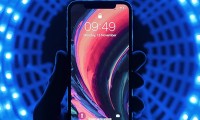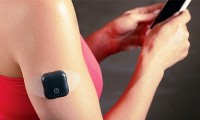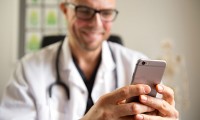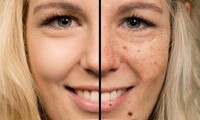-
New Device made of Lego & Smartphone to Detect Nerve Agents
- Source: ScienceDaily
- 782
- June 29, 2018
-
Invention of Smartphone Microscope
- Source: IndiaTimes
- 2,218
- June 29, 2018
-
Brain U Online Delays Dementia
- Source: MobiHealthNews
- 980
- June 28, 2018
-
Food Allergen Detector at $40
- Source: mHealthSpot
- 1,079
- June 27, 2018
-
FDA Approval for Eversense – Continuous Glucose Monitoring System
- Source: MobiHealthNews
- 1,223
- June 27, 2018
-
Invention of Food Intake Tracker
- Source: mHealthSpot
- 1,088
- June 25, 2018
-
FDA Gives OK for mHealth Wearable to Combat Opioid Addiction
- Source: mHealth Intelligence
- 967
- June 15, 2018
-
Telehealth App Kry Raises $66 Million to Launch Video-Call-a-Doctor Services
- Source: TechCrunch
- 832
- June 14, 2018
-
Selfie App to Prevent Skin Cancer
- Source: mHealthSpot
- 810
- June 14, 2018
-
Better Sleep Monitoring With SleepScore App
- Source: MobiHealthNews
- 914
- June 14, 2018
your submission has already been received.
OK
Subscribe
Please enter a valid Email address!
Submit
The most relevant industry news & insight will be sent to you every two weeks.













